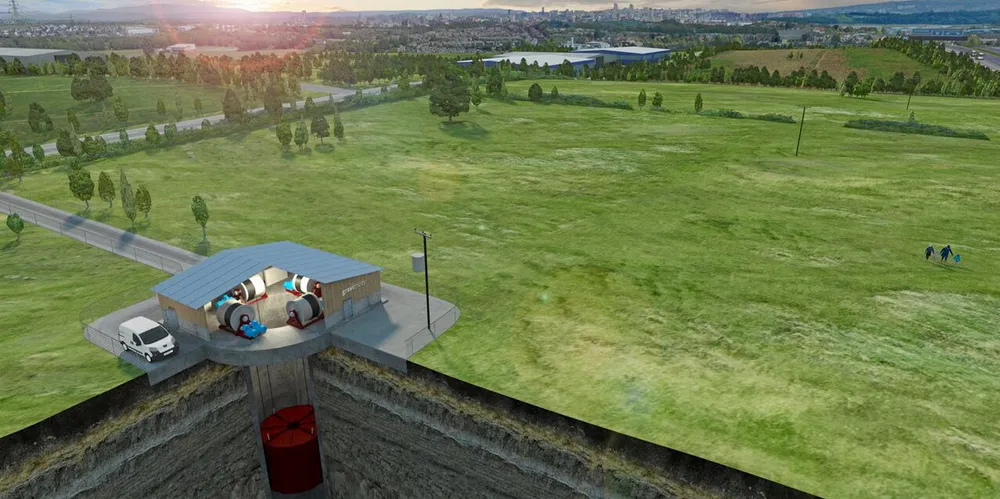'Heavy weight' mineshaft energy storage design lands debut in India for solar-linked pilot
Innovative gravity-based technology from Scottish start-up Gravitricity cued up for 12-month PV-powered demo to test econcomics aiming to outcomplete Li-ion batteries
